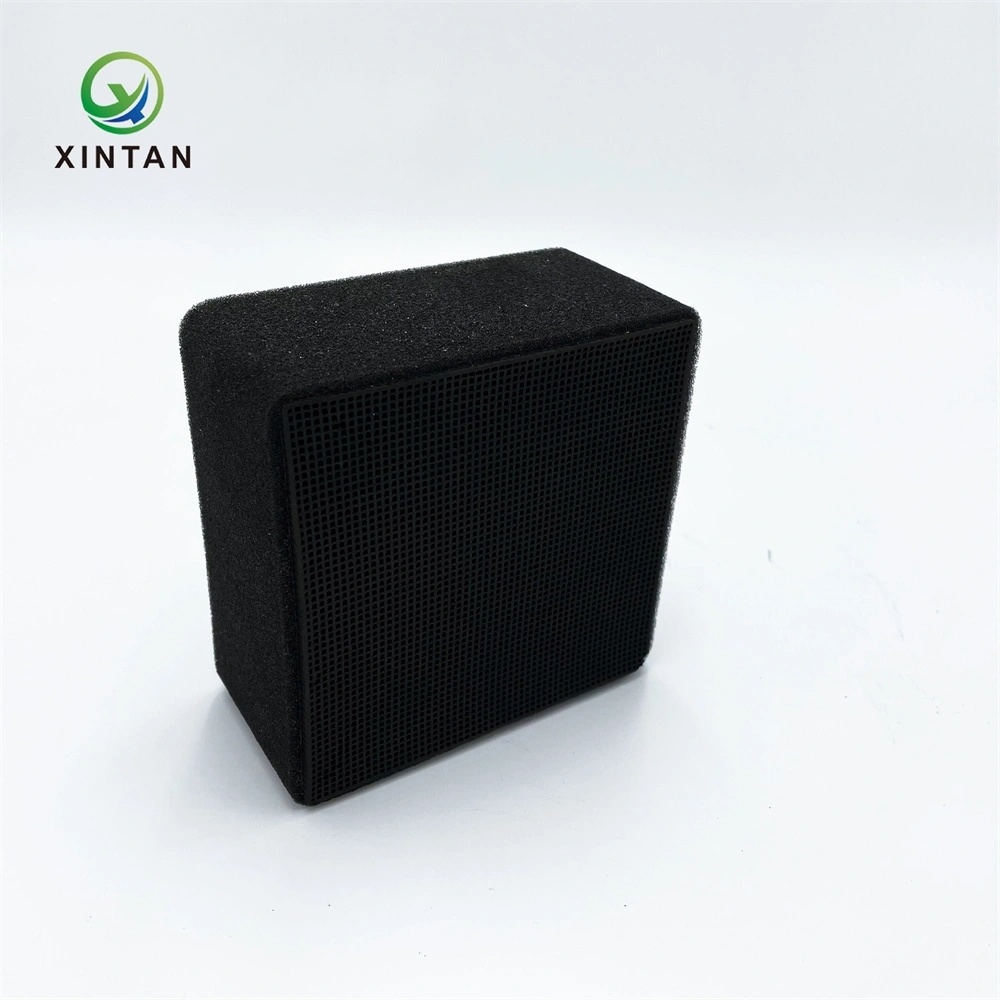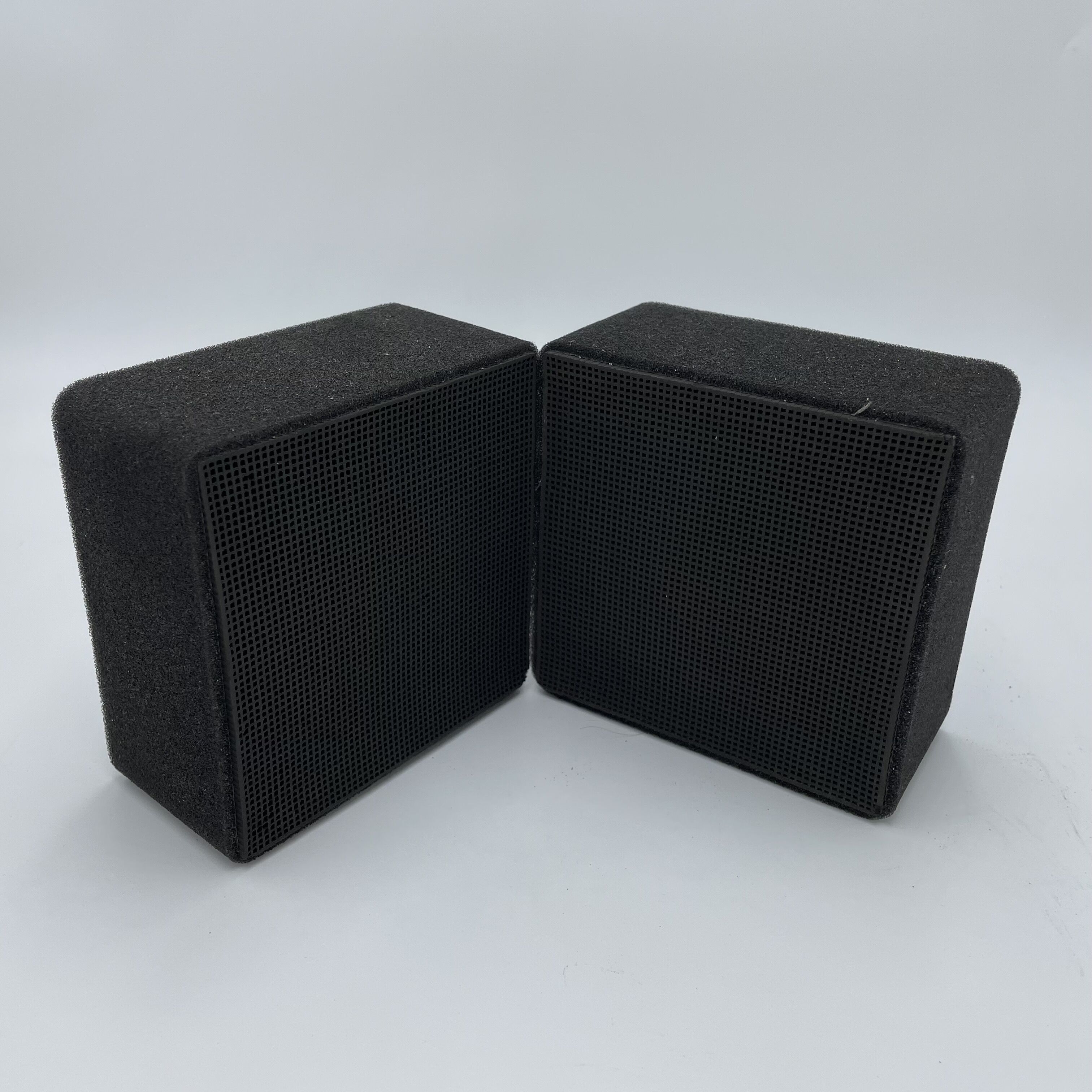Honeycomb activated carbon
Model: XT-H03
Uses: absorbing VOCs,formaldehyde and benzene
Shape: 100 x 100 x 100mm or customized
Composition: Acticated carbon
Characteristic: large specific surface area; microporous development; low fluid resistance; large adsorption capacity; long service life
Index: See product details for specific parameters
Package: carton
Application area: used in adsorbing formaldehyde, benzene and other VOCs harmful gas molecules, and is widely used in gas purification equipment and waste gas treatment projects.
Product Details
1)Product introduction
Hunan Xintan honeycomb activated carbon is processed and formed from raw materials such as coal charcoal powder, coconut shell charcoal powder, wood charcoal powder, etc., and then uses special physical and chemical treatment methods to change the characteristics of the honeycomb activated carbon, making it have a large specific surface area and developed micropores, small fluid resistance, increased adsorption capacity, and longer service life. Its appearance is black honeycomb, size and modification indicators can be customized according to customer requirements. according to customer requirements. The honeycomb activated carbon has a well-developed inner pore structure, and the size of the pore structure in the carbon matches harmful gas molecules. It can effectively adsorb water, VOCs and other harmful gas molecules such as formaldehyde and benzene, and is widely used in gas purification equipment and waste gas treatment projects.
2)Parameters
|
Appearance |
Black honeycomb |
|
Ingredients |
Coal charcoal powder/coconut shell charcoal powder/wood charcoal powder |
|
Size |
100×100×100mm or customized |
|
Pore density |
100 In2 |
|
Compressive strength |
0.85mpa |
|
Lateral compressive strength |
0.35mpa |
|
Moisture |
≤2% |
|
SBET |
800±50m2/g |
|
Wall thickness |
1.0mm |
|
Desorption temperature |
≤120℃ |
Remark: size and modification index can be customized.
3)Product advantages
A)Modified according to different composition and concentration of organic waste gas, improve adsorption efficiency and extend service life.
B)High adsorption rate. The adsorption rate of iodine and benzene by modified activated carbon can be increased by 50%-100%.
C)Honeycomb activated carbon can reduce the number of catalytic combustion and reduce the energy consumption of catalytic combustion.
4)Applications
Honeycomb activated carbon has developed internal pore structure, large specific surface area, and the pore structure size of carbon matches harmful gas molecules, which can effectively adsorb water,formaldehyde, benzene and other VOCs harmful gas molecules, and is widely used in high-value products and fields with high environmental protection emission requirements.

5)Remark:
Pls avoid water and dust, sealed at room temperature when stored.
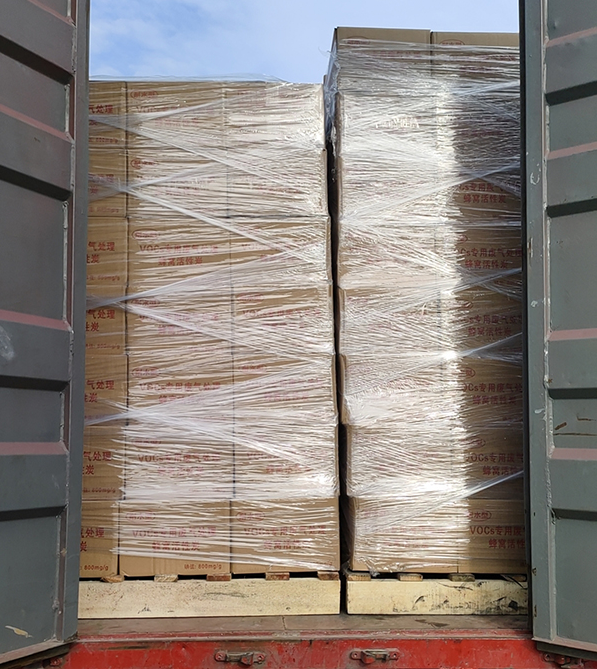
Qualification Certificate
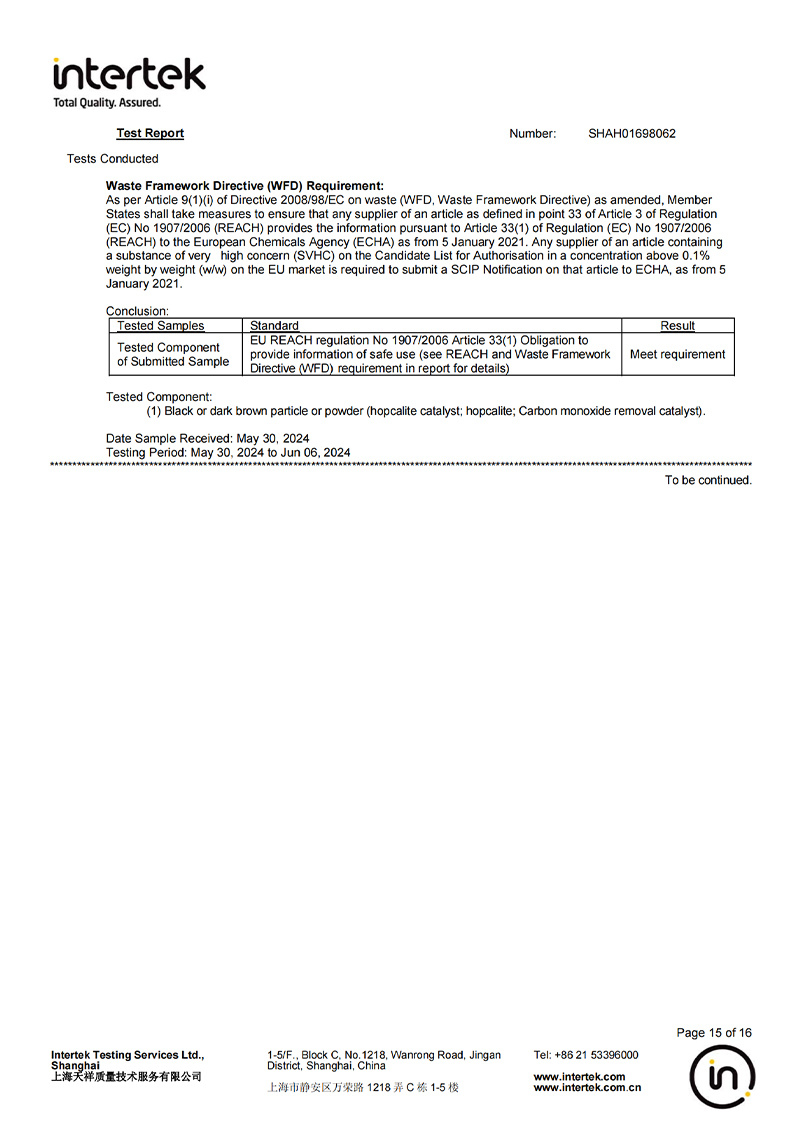
Test Report

Quality Management System Certificate
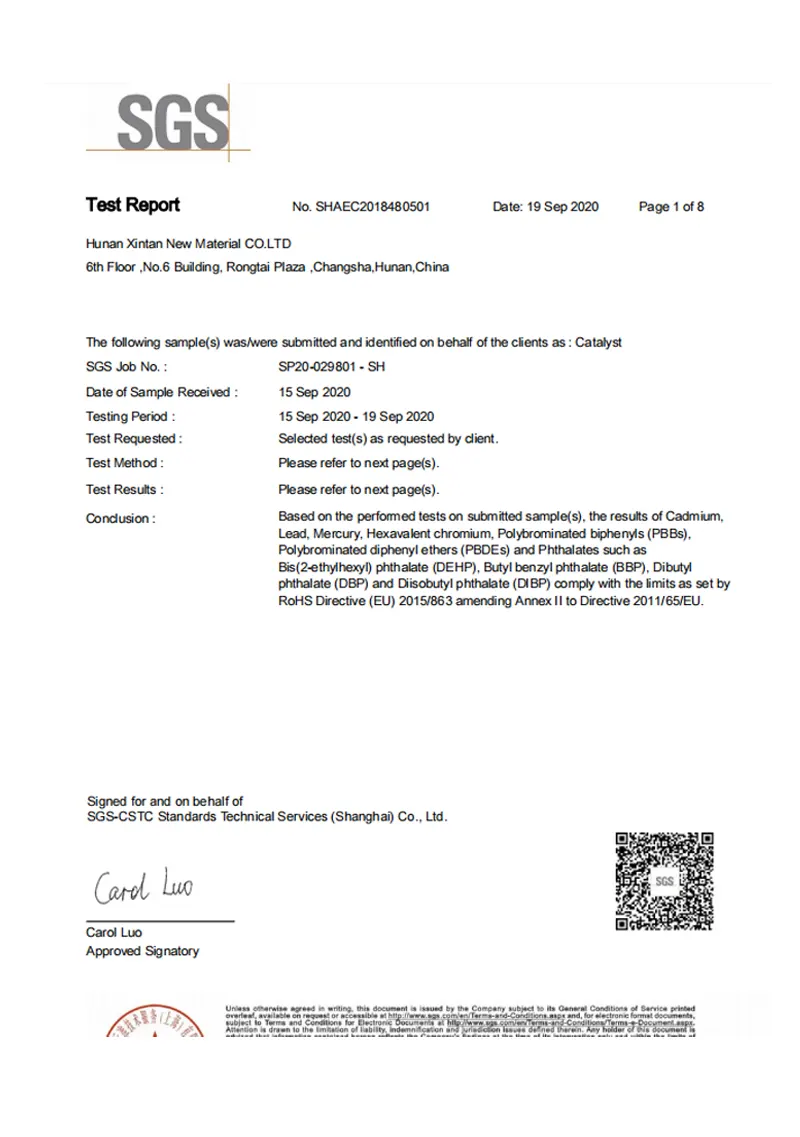
SGS
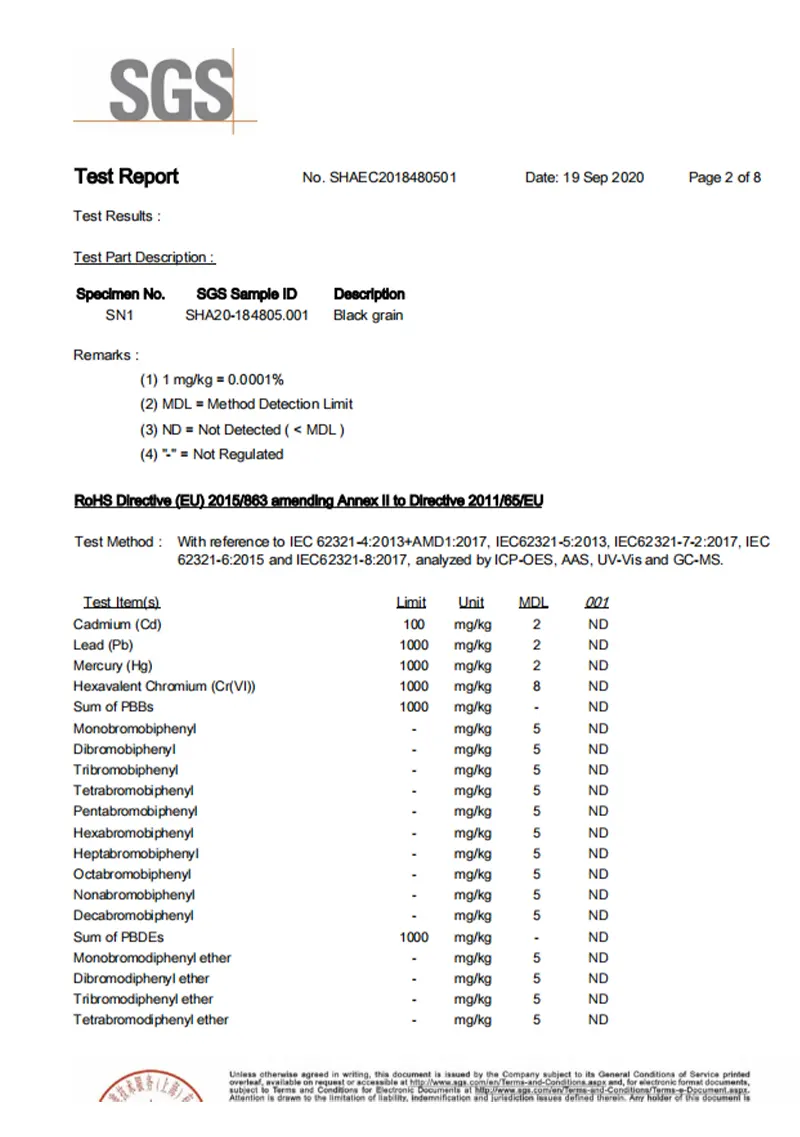
SGS

AGC

AGC
Related Products
Carbon molecular sieve, which are composed of elemental carbon, are a new type of adsorbent and an excellent non-polar carbon material. Hunan Xintan carbon molecular sieve is black columnar particles with a diameter of 1.0-1.3mm or customized. The product has the characteristics of strong nitrogen production capacity, high nitrogen recovery rate, long service life and low production cost. Carbon molecular sieve contain a large number of micropores, which have a strong instantaneous affinity for oxygen molecules and can be used to separate O2 and N2 in the air. In industry, carbon molecular sieves are often used in pressure swing adsorption (PSA) nitrogen production, which is suitable for various types of pressure swing adsorption nitrogen generators.
CO removal catalyst (Ceramic honeycomb)
CO removal catalyst (Honeycomb) uses cordierite honeycomb ceramic as a carrier and is a highly active catalyst prepared from a variety of rare earth metals. The CO removal catalyst (Honeycomb) produced by Hunan Xintan has the characteristics of high structural strength, strong surface coating adhesion, and is not easy to fall off. This catalyst can not only be used to treat carbon monoxide in flue gas, but also has high catalytic performance in chlorine-containing working conditions, and can be used for the treatment of chlorine-containing organic waste gas, and is widely used in the treatment ofsteel flue gas, lime kiln flue gas, waste incineration smoke and other smoke.
CO removal catalyst (Pt and Pd)
CO removal catalyst (pellet with Pt and Pd) is a precious metal palladium catalyst with alumina as a carrier. The carbon monoxide precious metal catalyst produced by Hunan Xintan is dark brown spherical particles with a diameter of 3-5mm, which is mainly used to remove H2 and CO at 20℃~300℃. The catalyst can convert CO to CO2 and H2 to H2O. It does not contain MnO2, CuO or S, so it can be safely used for CO purification in CO2. CO removal catalyst (pellet with Pt and Pd) have the characteristics of high catalytic efficiency, stable performance, safety, no energy consumption and long service life, and are widely used in the food industry.
CuO catalyst (for removing oxygen from Nitrogen or Methanol Synthesis)
CuO catalyst (for removing oxygen from Nitrogen or Methanol Synthesis) developed by Hunan Xintan is made of a high proportion of copper oxide (CuO) and inert metal oxides. It is a black cylindrical particle with a diameter of 5mm and a length of 5mm. The catalyst has the characteristics of high active component content, high packing density, low cost and long service life. It is a catalyst used to remove oxygen from nitrogen or inert gases such as helium and argon, which can efficiently convert oxygen to CuO without the need for additional energy. It does not contain any dangerous substances. The catalyst is widely used in gas treatment because of its high efficiency. The catalytic deoxidation reaction equation is as follows: CuO+H2=Cu+H2O 2Cu+O2=2CuO




